Cruise Day 49
Speed 6 knots (kts)
Course 200° (SSW)
Location Canada Basin, ~409 nm north of Barrow, Alaska
Depth 3875 m
GO DEEPER DISCUSSION: (see previous journal for the questions.)
There are other factors besides the direction that a ship is pointing that determine its course – most significantly wind and current can affect the course. When we are stopped for a sampling station or gyro compass bearing is sometimes extremely different than our course since the ship might be pointing one way but drifting another.
TODAY'S JOURNAL:
We're getting into a busy few days of the cruise as we begin to ease our way out of the ice pack, with marginal ice zone stations planned on a frequent basis during this transitional few days. Ice conditions are changing with amazing rapidity – yesterday morning we were seriously considering an ice station on a large solid floe while today there is only broken ice and some valiant larger remnants of old ice amongst the minor-leaguers. As I was out on deck this morning to help with a GEOTRACES cast I noticed a mild but distinct swell propagating through the ice, something we haven't seen since mid-August. The open ocean can't be too far away now, and we've been reminded to secure gear for the rolling we'll get into once the dampening effect of ice is gone.
I looked back to September 17 when I climbed up to visit Aloft Conn, which is like a very fancy crow's nest high above the bridge. It takes three ladder climbs inside the thick mast to reach Aloft Conn, and once there your eyes are almost a hundred feet above the water line (the deck there is 93 feet above sea level.) When we are icebreaking, the ship is controlled (conned) from here, with the longest views of the ship. The navigator on watch is looking far ahead to plan the most efficient route, trying to avoid the worst of pressure ridges and to follow whatever leads may present themselves. Even with all of the advantages of Healy's icebreaking might, we would hit stretches of ice that required significant backing and ramming. This is pretty much what it sounds like, with the ship advancing until the ice stops it, backing up in our own broken ice path, and gaining speed to smash ahead again. Sometimes a pressure ridge would take four or five such cycles to get through it.
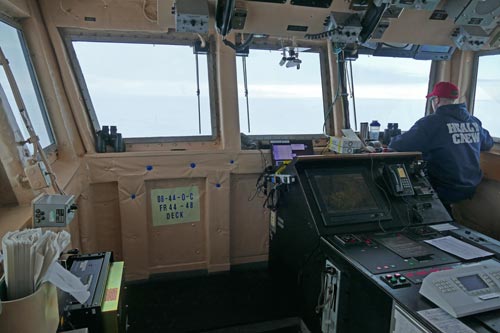
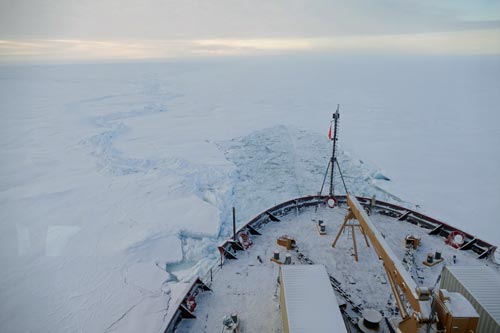
Now, we are gliding along easily, with the ice even less substantial then it was this morning. It is beautiful to see lots of open water again but a little bittersweet to be leaving the polar ice behind. I hope that birds and marine mammals may turn up more as we approach northern Alaska – it has been a while since we've seen anything but non-living highlights. Besides the dwindling ice there are other cues that our polar experience is over although we are still in an Arctic environment. The sun climbs higher by local noon than it has been in almost two months, but then sets fully for a long night. It is noticeably warmer, and for the first time in quite a while I didn't need my down sweater under my mustang suit to work comfortably on deck. A final sign of our southward progress is news that we may soon reach the "good" internet satellite's footprint, which will enable simple web browsing (no media-rich sites like YouTube or Facebook, though) and morale calls home.
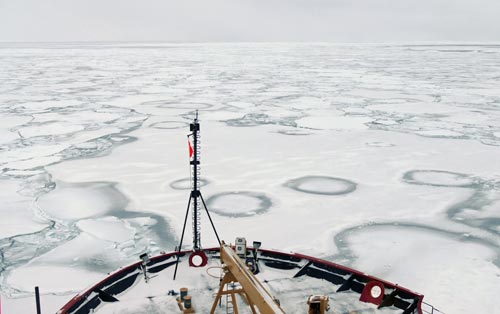
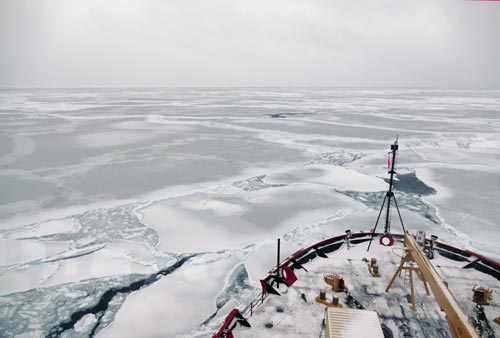
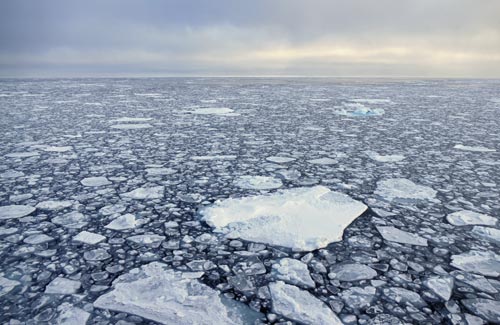
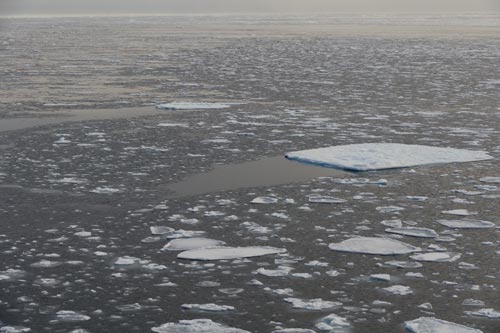
GO DEEPER!
Healy's aloft conn and her ability to back and ram are two features found in a polar icebreaker. What other traits do you think Healy has that makes it stand out from other Coast Guard cutters?
Aloft Con web cam updated every hour
That's all for now. Best- Bill


Comments